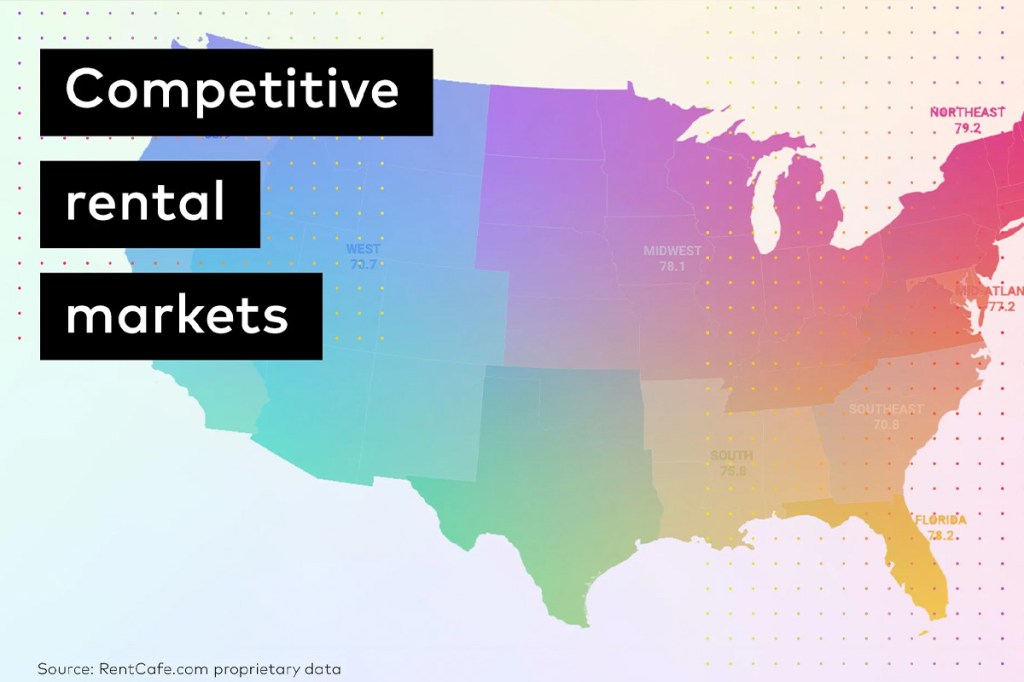
Pet-inclusive rental housing may no longer be a luxury feature. It could soon be a necessary rental feature that keeps property managers in business. Consider that millennials currently make up the majority of all renters. By 2030, Gen Z will be the largest group of renters in the U.S., and these younger generations love their animals. In fact, 80% of them are pet owners.
With that in mind, let’s turn to the subject of the article. Michelson Found Animals was founded in 2005 by Dr. Gary Michelson and his wife Alya Michelson in the wake of Hurricane Katrina. Due to Katrina’s devastating toll on the region, many pets were separated from their families and unable to be returned home. Most were not microchipped and went unidentified.
Upon learning this, Dr. Michelson was inspired to start the first free, universal microchip registry, making it easier for people to get their pets microchipped and registered. As part of its mission, Michelson Found Animals also offers well-researched data on how pet-inclusive rental housing can increase profit, property marketability and resident retention rates.
So how does the Michelson Found Animals Foundation’s work benefit property managers? Here’s what representatives Judy Bellack, Industry Principal, and Ross Barker, Program Director, told us about their work encouraging pet-friendly rentals.
What’s one hurdle you have to overcome when it comes to pet-inclusive rental housing?
Judy Bellack: As we’ve started having conversations with various owners and operators in the rental space, what we hear most often is that many experienced property managers haven’t thought about their pet policies in years. I can remember a time when most apartment communities did not accept pets at all. That’s really changed. We’re in a different era, but many pet policies still reflect some very old ideas around breeds and animals in general.
Some operators worry that liability insurance will not allow them to eliminate breed restrictions. What we’re finding, however, is that this is just not the case. There’s just not a lot of data to support breed restrictions. In recognition of this, we see insurance companies are beginning to change their policies.
Ross Barker: Another major hurdle that we come up against is simply that a lot of companies don’t know who’s making the decisions on pet policy. It’s usually the case that operators are the ones picking property management software alongside other management-related decisions. But when it comes to pet policy, it’s not so clear who’s in charge. Sometimes someone in marketing is the right person to speak with. Sometimes it’s operations, and sometimes it’s legal.
JB: Once we find that person, though, it’s incredibly enlightening for most of the people we talk to. Like I said, many property managers haven’t really thought about their pet policies. At least, not in quite some time.
Do residents care about breed restrictions, or is this concern coming from the property management side?
JB: I’ve had a handful of conversations in which a resident has mentioned concerns about a particular breed. Resident concerns are more about pet waste and whether pet owners are picking up after their dogs. They care more about barking dogs disturbing them and their neighbors.
RB: I want to add that in most cases, property managers don’t even have a particular opinion about breeds. They just treat the breed-restricted pet policy like other elements of the lease: like it’s written in stone and can never be changed. It’s not the highest priority, so they’re just not giving it much thought. That’s why it’s helpful when we can show the whole picture in terms of the revenue, the community and the bonding that can happen between people and their pets. When they have that understanding, their thinking shifts in a positive way.
What can pet-friendly rental housing do for operators’ bottom lines?
JB: Our 2021 Pet-Inclusive Housing Report found that residents stay in pet-friendly housing 21% longer than those in non-pet-friendly housing. And once those residents move out, pet-friendly vacancies fill faster and are easier to fill.
What’s slowing down the adoption of pet-inclusive rental housing?
RB: I think there’s still a tendency to rent to non-pet owners first. After all, if they can fill vacancies without being pet friendly, they’re probably less inclined to make those changes. So, the pet stuff isn’t necessarily top of mind. In addition to their day-to-day challenges, there are other matters they need to worry about: pandemic-related issues like the eviction moratorium, rising rents, the increase in eviction filings now that the moratorium has been lifted, etc. Not to mention, there’s high occupancy in the market right now. People don’t look to make big changes to their lease policy when they’re not struggling to fill units.
JB: It’s worth noting that the industry has been comfortable with a 50% turnover rate for years. That rate is kind of mind-boggling when you compare it to other industries. But we know an inclusive pet policy can help the industry because the data shows that pet owners stay longer. That means pet owners offer greater lifetime value per renter. There’s less vacancy loss and less turnover cost, and that can translate to enormous NOI dollars for a company.
It feels like pet-inclusive rental housing is a way to prevent fraudulent emotional support animals as well. Is that something you see too?
JB:There are valid ESAs out there. But there are also a lot of invalid ESAs because some people will find the community they want to live in and attempt to get around pet restrictions or avoid paying pet fees. These aren’t bad people — they just love their pets. But it’s all too easy to go online and get a letter. So yes, I think it’s a valid argument that pet-inclusive housing can prevent ESA fraud. We do ask property managers how many ESA requests they get every year. Life is so much easier for operators when they eliminate the headache that comes from having to sort through assistance animal applications.
To close out, please give us your 30-second elevator pitch on why pets are profitable.
JB: Upwards of 70% of the U.S. population owns a pet. This is a very big part of the pool of potential renters out there. Pets help create a great community, which is proven by the fact that residents stay longer, resulting in less vacancy loss, less turnover cost and higher lifetime value for each renter. These are real dollars that flow directly to the property manager and owner’s bottom line.
For ideas, research results and tools to help create a more pet-friendly community, check out the Pet-Inclusive Housing Initiative website.



